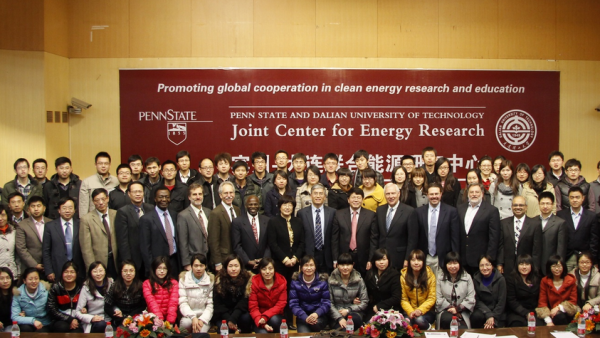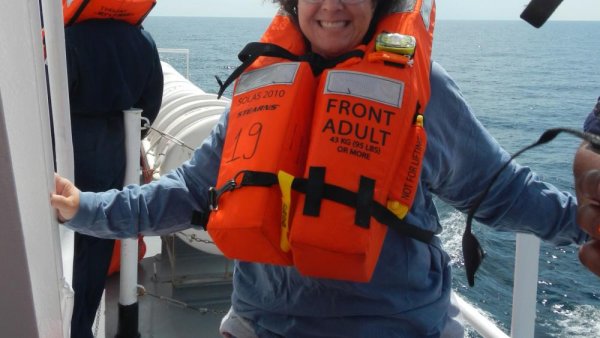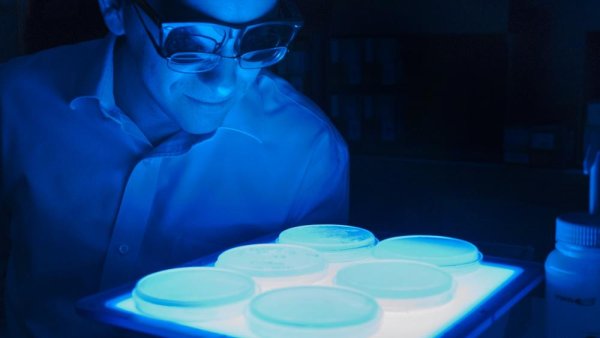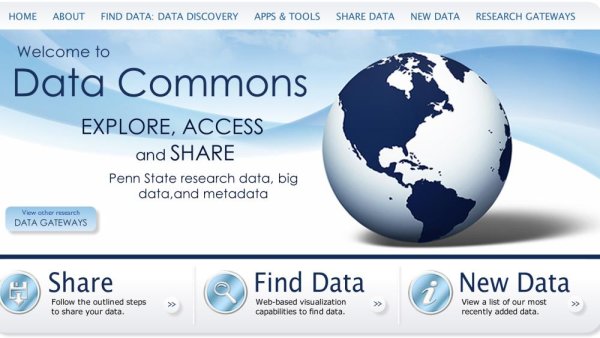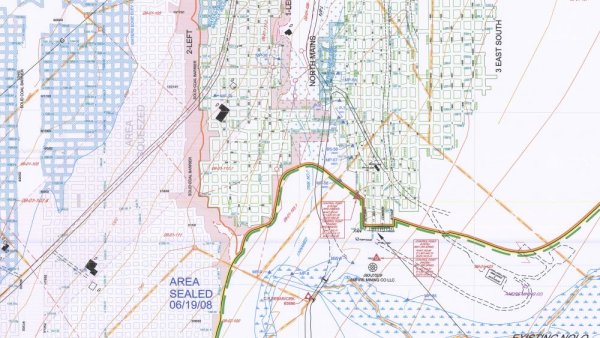The future looks bleak for bones
| theatlantic.com
How the advent of agriculture and online food ordering changed the human skeleton for the worse.
Fragile bones of modern humans result from reduced physical activity
| psu.edu
The comparatively light bone structure of modern humans compared to early human species and other modern primates may be due to the modern abandonment of the constant physical activity that was inherent in the life of early hunter gathers, according to an international team of researchers. This knowledge may aid in prevention of osteoporosis and hip fracture in the elderly.
Marcellus drilling boom may have led to too many hotel rooms
| psu.edu
Drilling in Pennsylvania's Marcellus Shale region led to a rapid increase in both the number of hotels and hotel industry jobs, but Penn State researchers report that the faltering occupancy rate may signal that there are now too many hotel rooms.
Joint Center for Energy Research promotes U.S.-China collaboration
| psu.edu
With the goal of promoting global cooperation in clean energy research and education, Penn State and Dalian University of Technology (DUT) in China established an international Joint Center for Energy Research (JCER) in 2011 as a part of global engagement efforts at both universities.
Penn State Brandywine professor joins NOAA crew for research mission at sea
| psu.edu
Since joining Penn State Brandywine’s faculty in 2001, Associate Professor of Earth Science Laura Guertin has focused on bringing real-world perspective into the classroom. The geologist recently voyaged to sections of the Atlantic Ocean to conduct a research mission with the National Oceanic and Atmospheric Administration (NOAA) as part of its Teacher at Sea Program.
Research reveals true value of cover crops to farmers, environment
| psu.edu
Planting cover crops in rotation between cash crops -- widely agreed to be ecologically beneficial -- is even more valuable than previously thought, according to a team of agronomists, entomologists, agroecologists, horticulturists and biogeochemists from Penn State's College of Agricultural Sciences.
Students travel 'down under' to explore New Zealand’s energy technologies
| psu.edu
Last May, a group of twelve undergraduate students embarked on a fourteen-day research expedition across New Zealand exploring the country’s energy technologies and this past December wrapped up the course with group presentations of their final projects.
Two engineers win National Science Foundation CAREER Awards
| psu.edu
Two Penn State engineering faculty members were recently awarded National Science Foundation Early Career Development Awards. The faculty members are Gordon Warn, assistant professor of civil engineering, and Tak-Sing Wong, assistant professor of mechanical engineering.
Turning biologists into programmers
| psu.edu
For more than half a century scientists have looked on the DNA molecule as life's blueprint, but biological engineers are beginning to see the molecule not as a static plan, but more like a snippet of life's computer code that they can program. Penn State researchers are now unraveling the mystery of how nature codes and recodes this program to address some of the world's biggest challenges, says Howard Salis, assistant professor of biological engineering and chemical engineering.
Data Commons connects researchers through data sharing
| psu.edu
In order to promote open access to research data, many funding agencies such as the National Science Foundation (NSF) and the National Institutes of Health (NIH), require that research data generated by publicly-funded projects be made publicly available. In addition, some journals require authors to make materials, data and associated protocols promptly available to readers as a condition of publication. Researchers can now more easily comply with these policies by utilizing the services of Penn State’s Data Commons.
Penn State, DEP collaborate on digital Pennsylvania Mine Map Atlas
| psu.edu
The Pennsylvania Mine Map Atlas is now available online. The atlas is a new initiative of the Pennsylvania Department of Environmental Protection and Penn State's Pennsylvania Spatial Data Access Program that not only allows homeowners to view previously unavailable mine maps, but also allows them to see their home's proximity to the nearest underground mine.
Researchers study how to accurately measure a city's greenhouse gas emissions
| phys.org
If a community wanted to cut its greenhouse gas emissions and decided to take steps to do it, how would it know if the steps it was taking worked?




